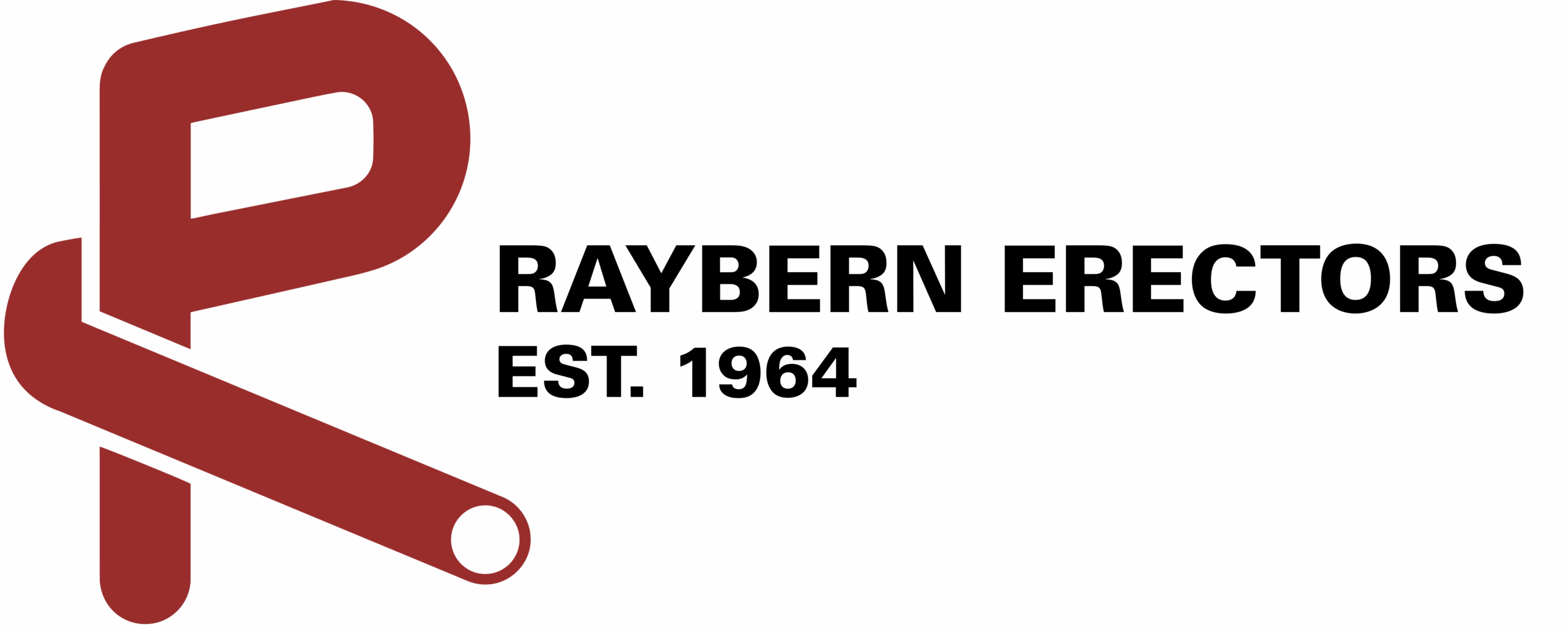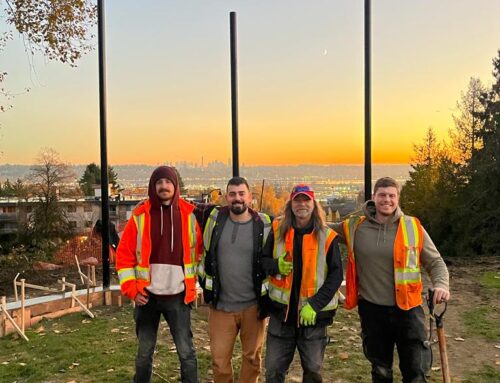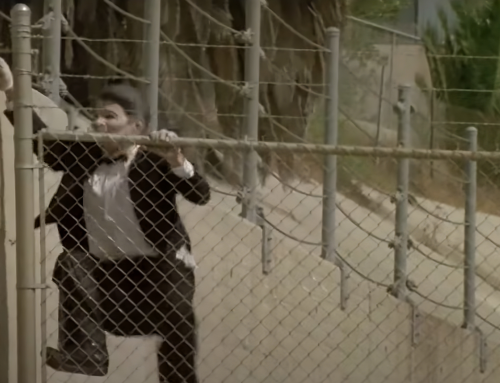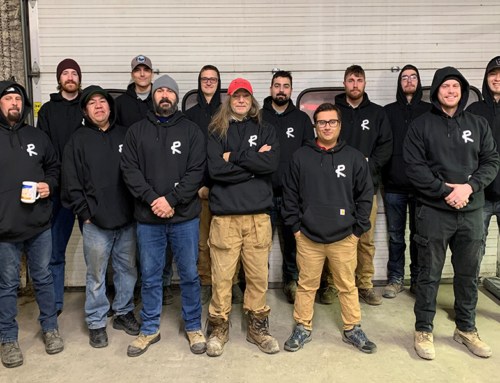We use pipe as posts for our chain link fence and gate installations. Considering how many hundreds we install each month, we easily go through tons of pipe annually. What typed do we use however, and how does it get made?
History
Much like chain link mesh, we can trace the history of the modern pipe to 1800s Britain. One of the early methods for economic, quick production of metal tubes was credited in an 1824 patent to James Russell. In his method, tubes were created by joining together opposite edges of a flat iron strip. First, a metal strip was heated until it was malleable. Then, using a drop hammer, the edges of the strip were folded together for welding. By passing it through a groove and rolling mill, the pipe was finished.
Cornelius Whitehouse developed a more refined method for making metal tubes just months later! This process, the butt-weld, is the foundation for our current pipe fabrication procedures. With this method, thin layers of iron are heated and then drawn through a cone-shaped opening. The edges curl up as they pass through, and this creates a pipe shape. To finish the pipe, these two ends are then welded together. A decade later Americans brought this process to their fabrication plants overseas, starting in Philadelphia.
Even while the welded tube process was being refined, the necessity for seamless metal pipes became apparent and methods were researched. By 1895, the first dedicated plant for producing seamless pipes opened. These pipes are produced by drilling out a solid metal cylinder to produce a product both lightweight and strong. As roller technology has improved, the process has been further refined, and today a solid steel cylinder is heated and rolled over a pointed tip. As the cylinder is pushed through, the rollers ensure an even thickness all around the circumference as the spike ‘blooms’ the metal block. Further heat treatment increases the pipe’s strength. At first the application of seamless piping was for plumbing and bicycle frames, but as the 20th century began the oil and automobile industry boomed along with demand for such pipe. Now, we can find seamless pipe all around us, from our homes to our cars to our appliances to our fences.
Pipe Schedule
Pipe uses an industry standard in determining the thickness of its walls, called the schedule. The most used pipe schedule is Schedule 40, or Sched 40 as it’s known around our yard. Often made of mild steel, this means it has a very low carbon content of between 0.20 and 0.25%. This does make it prone to corrosion however, so to prevent rusting and degradation, most pipe (including all of our ours) is galvanized. This involves hot dipping the steel into zinc, plating the pipe with a corrosion resistant coating. Properly done, this can add decades to a fence’s lifespan, limiting the need for our customers to get a new one often. Industries worldwide use Schedule 40 pipe as their standard, whether for gas supply, construction, drainage, exhaust, and more. Its strength and versatility make it easily adaptable for many situations, including in fence construction. So, the next time you see a fence, whether ours or another installer’s you’ll know just how those posts are made and how they can withstand the test of time.
More Info
To read more about the history and processes of producing pipe, please visit http://www.madehow.com/Volume-5/Steel-Pipe.html#ixzz7xgCTYoKq




